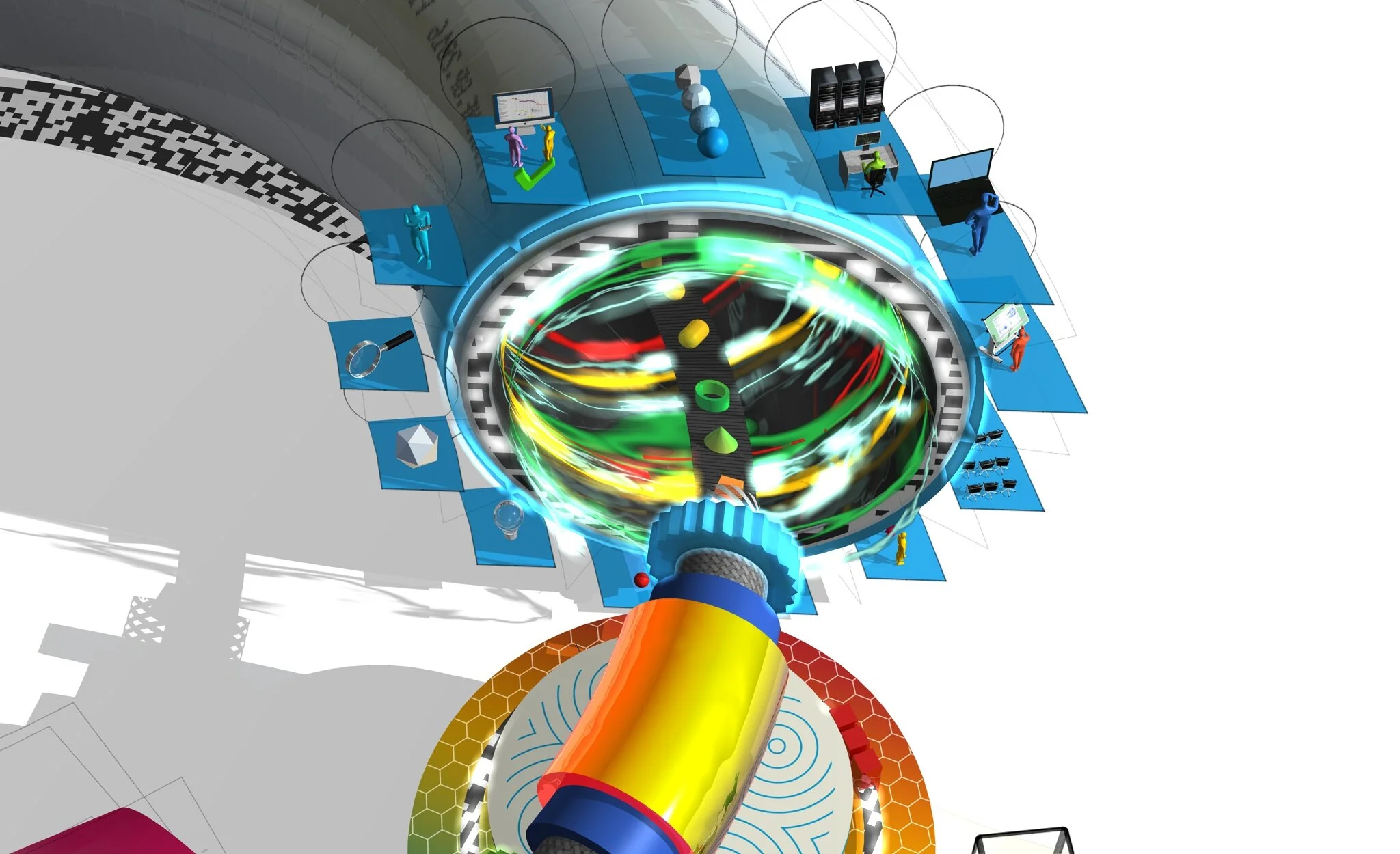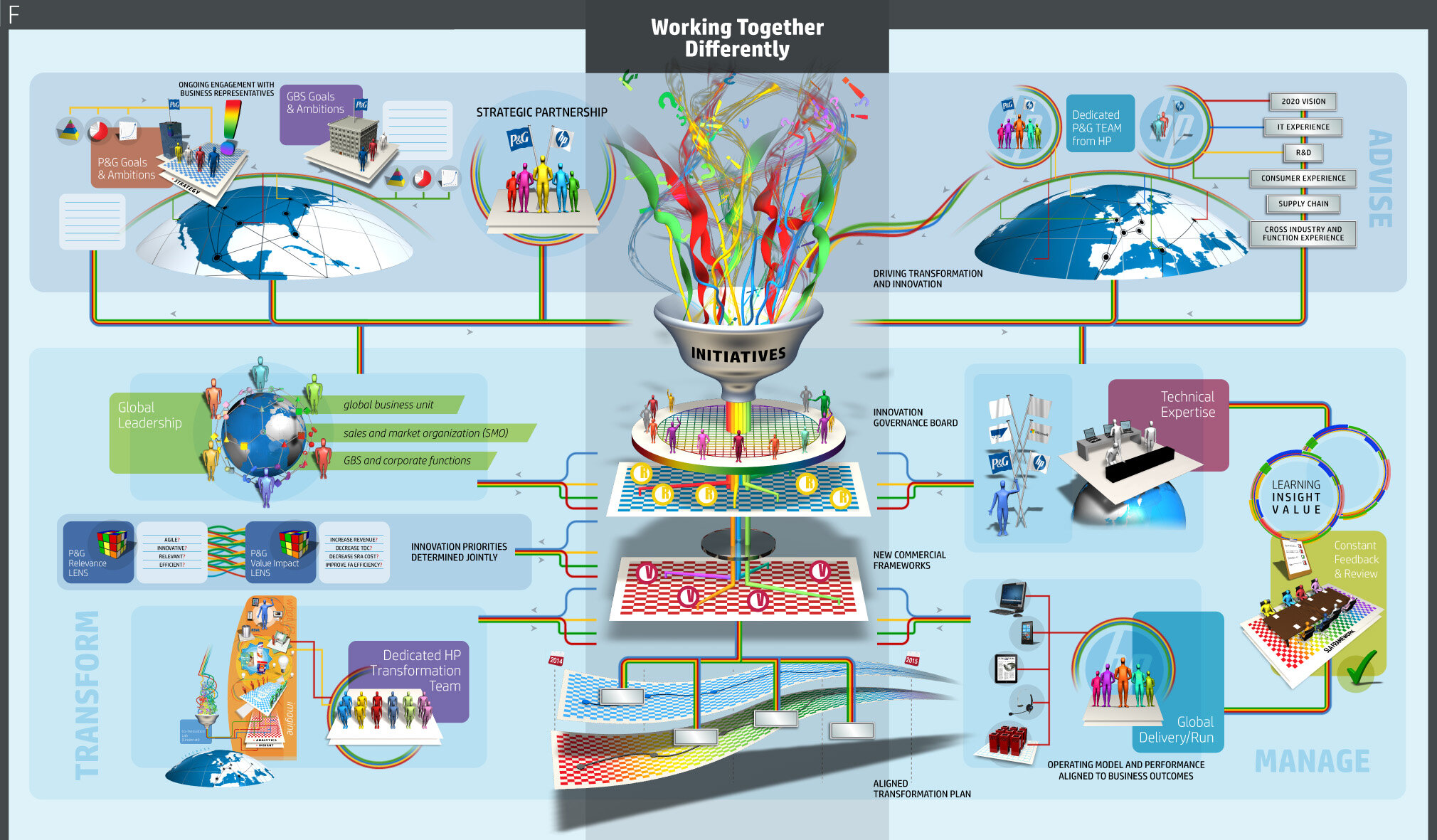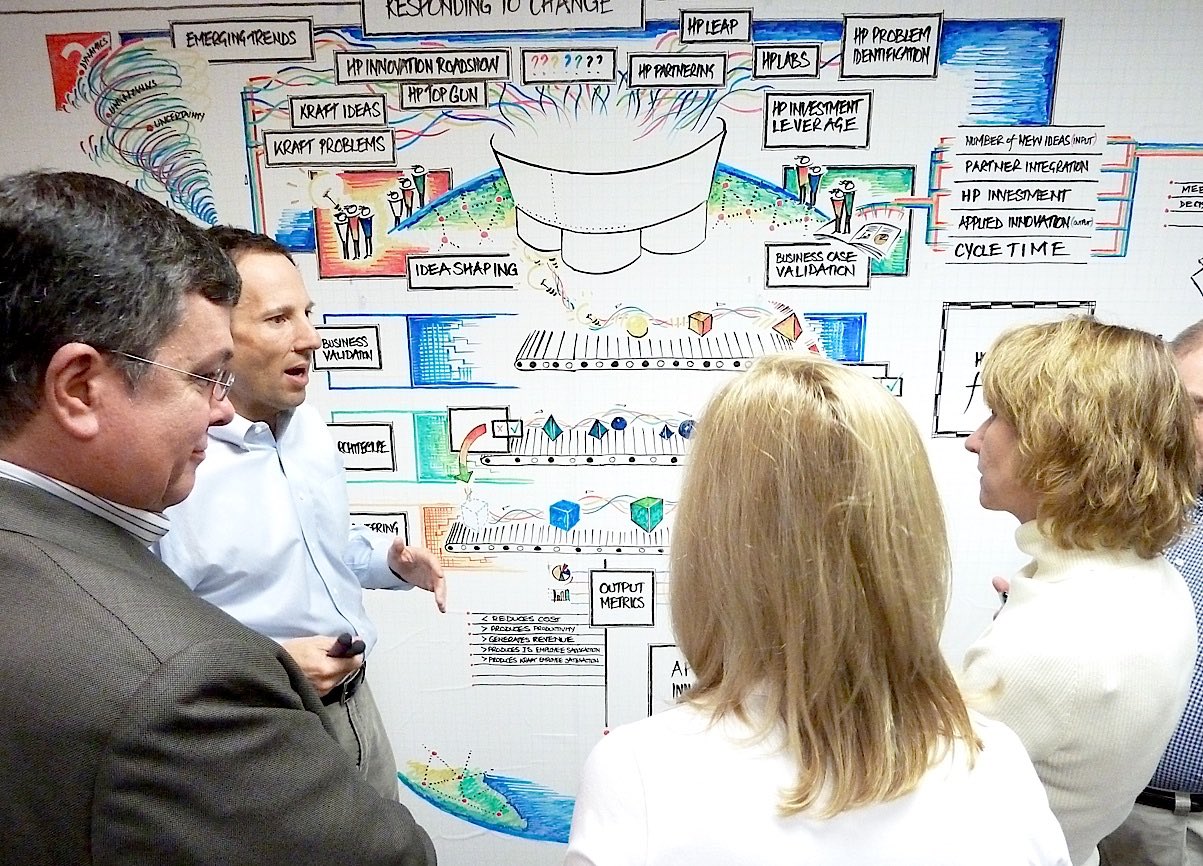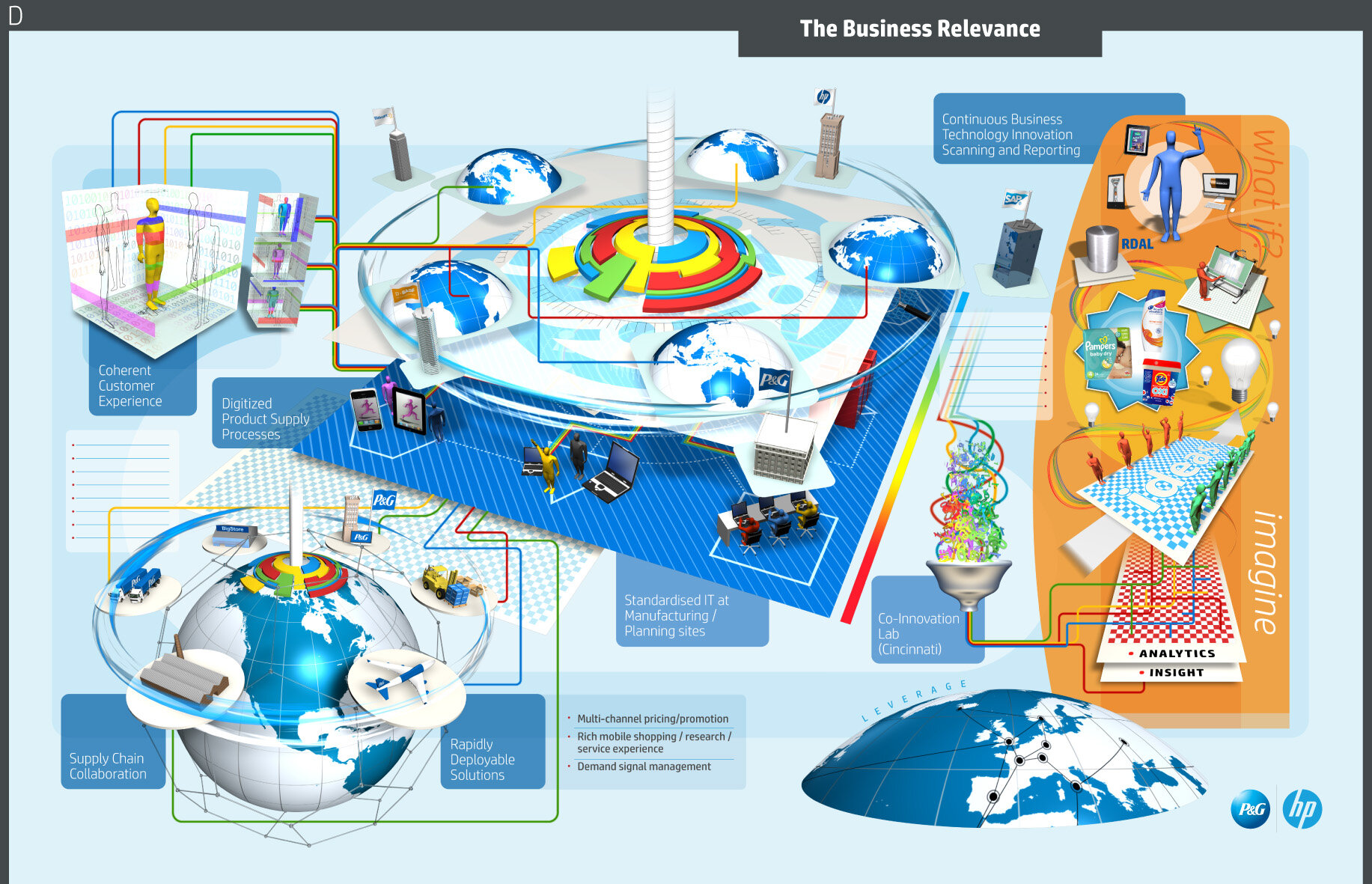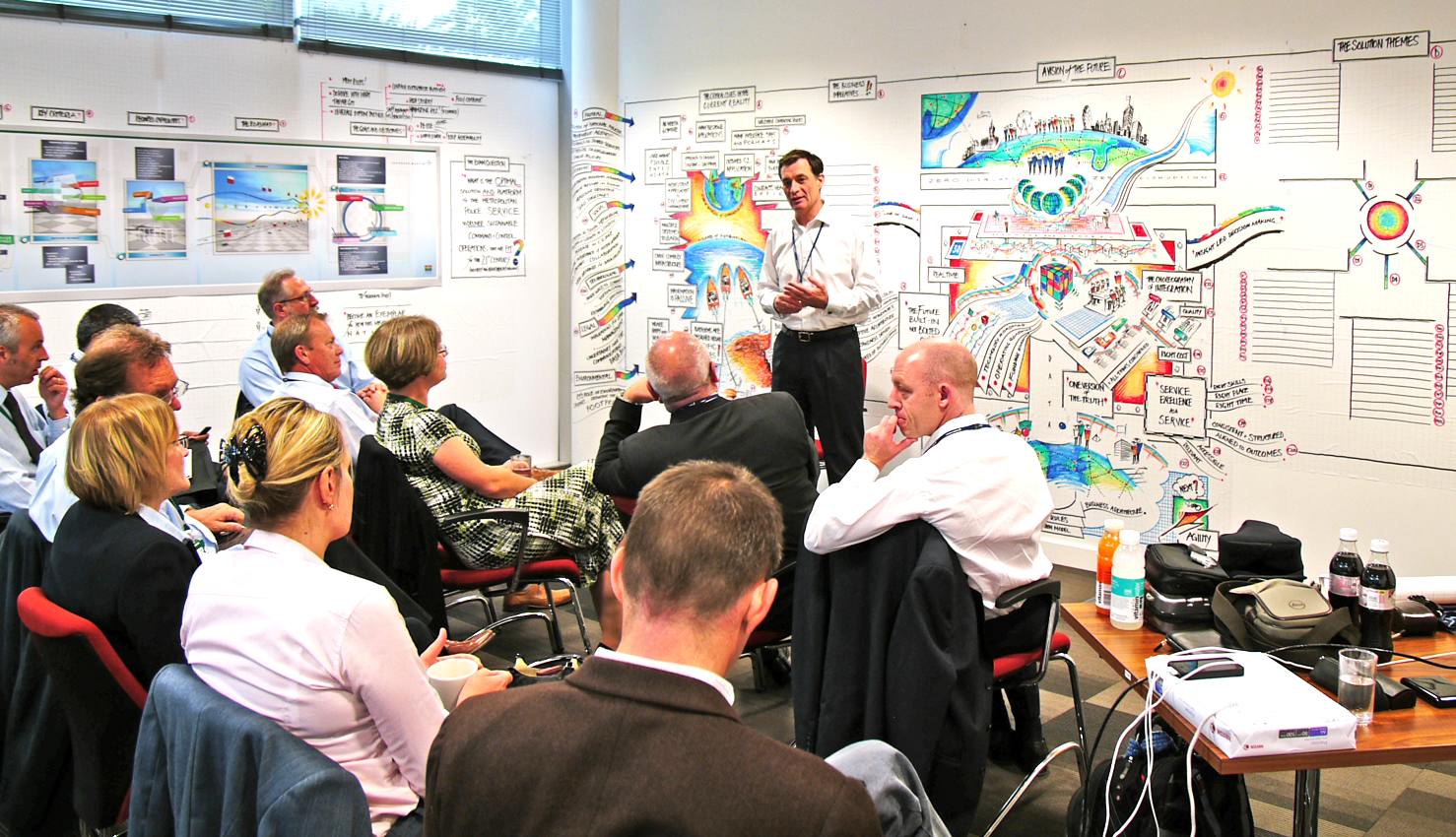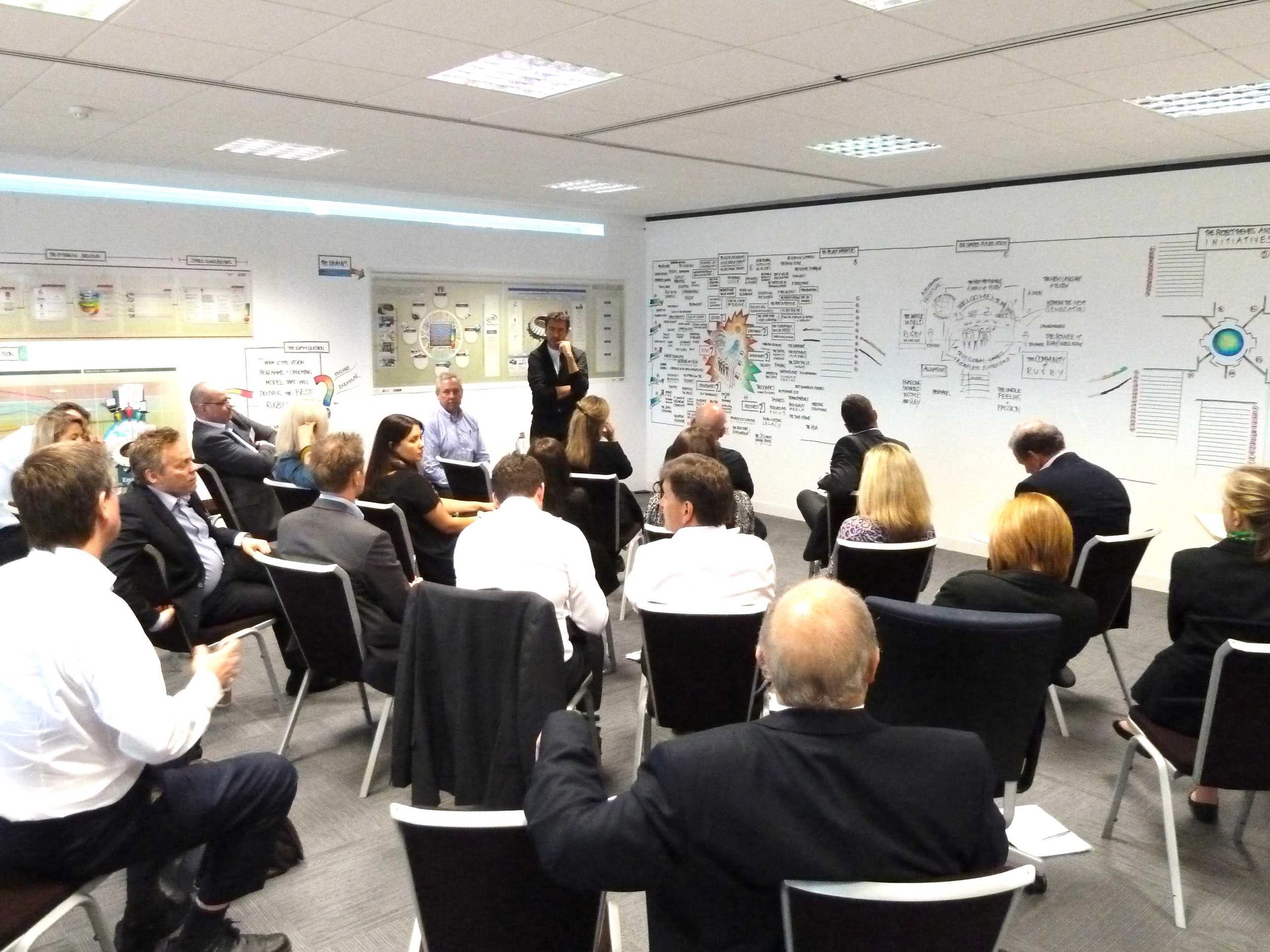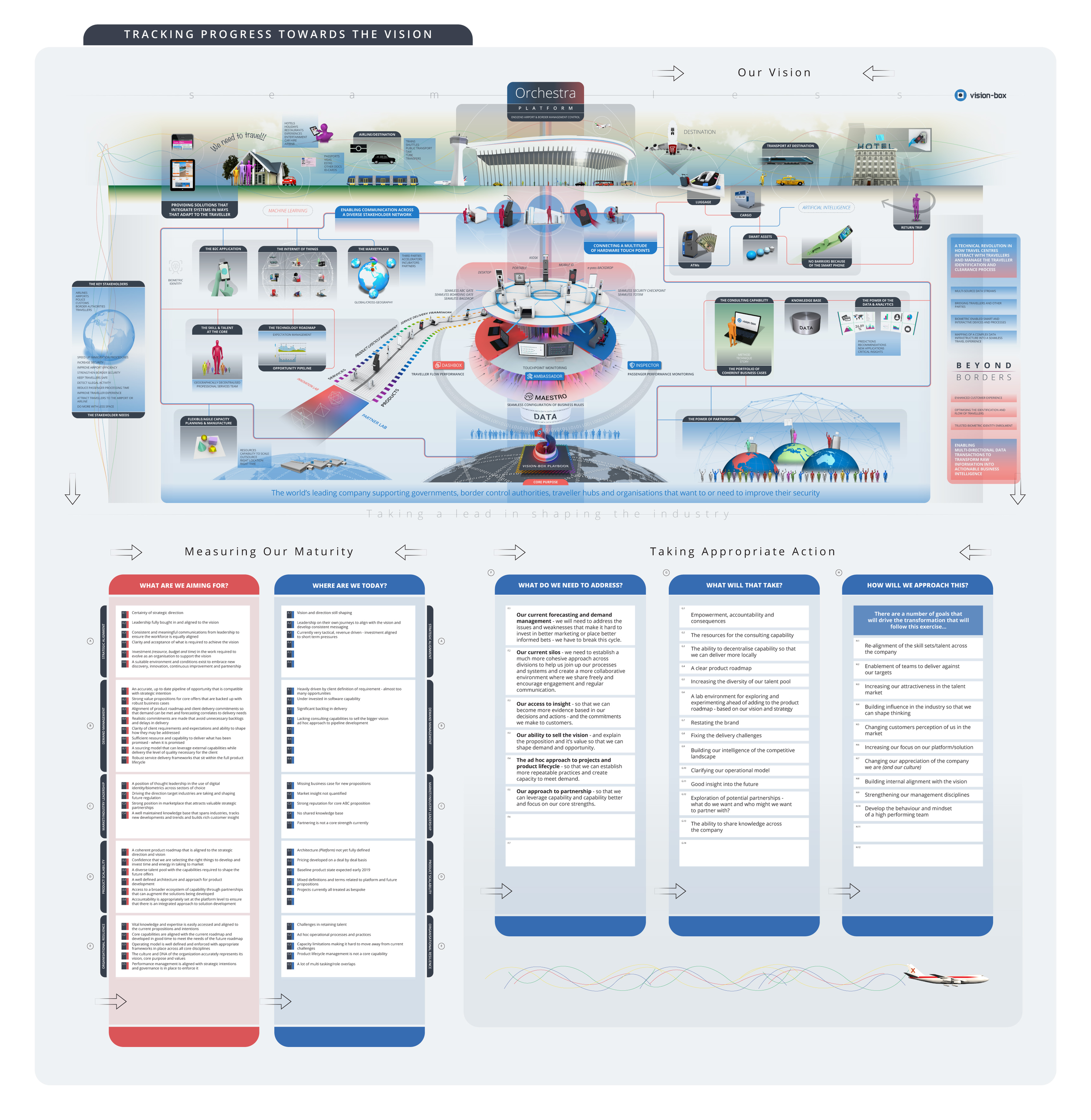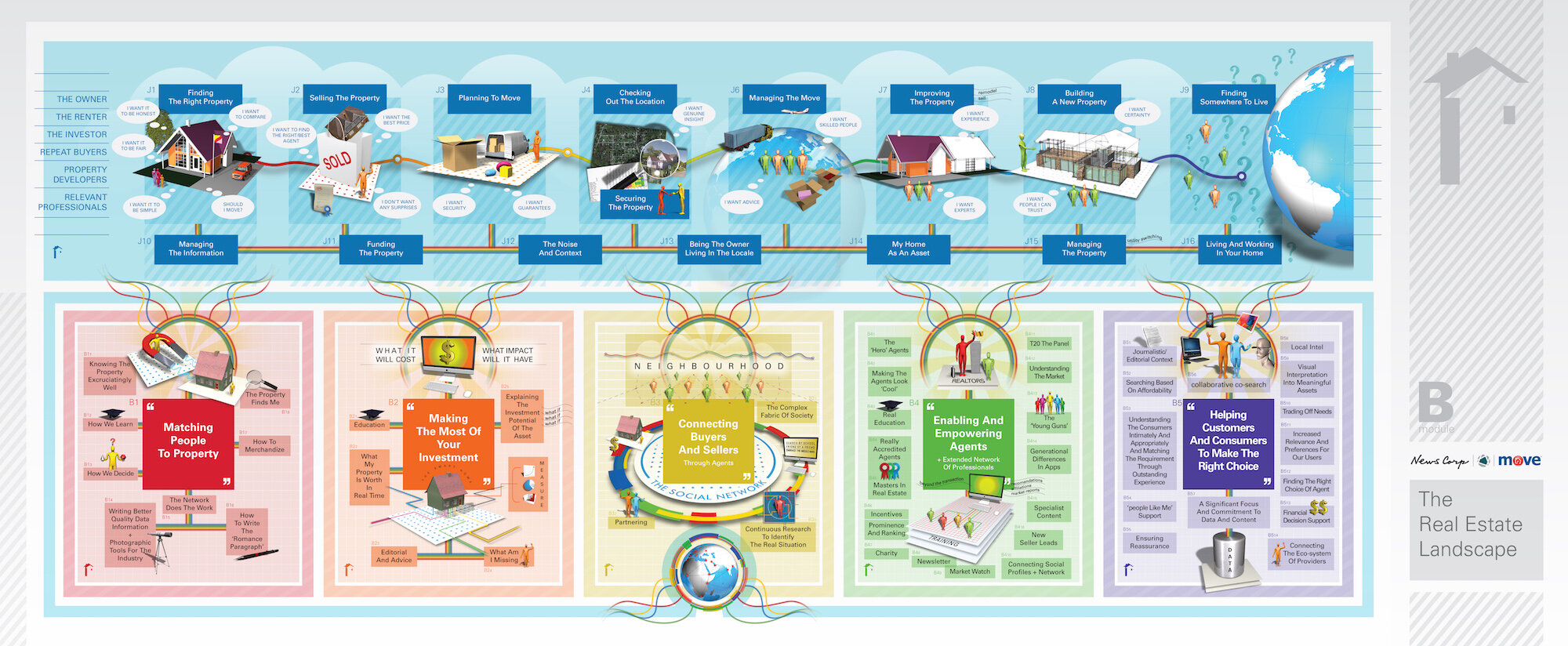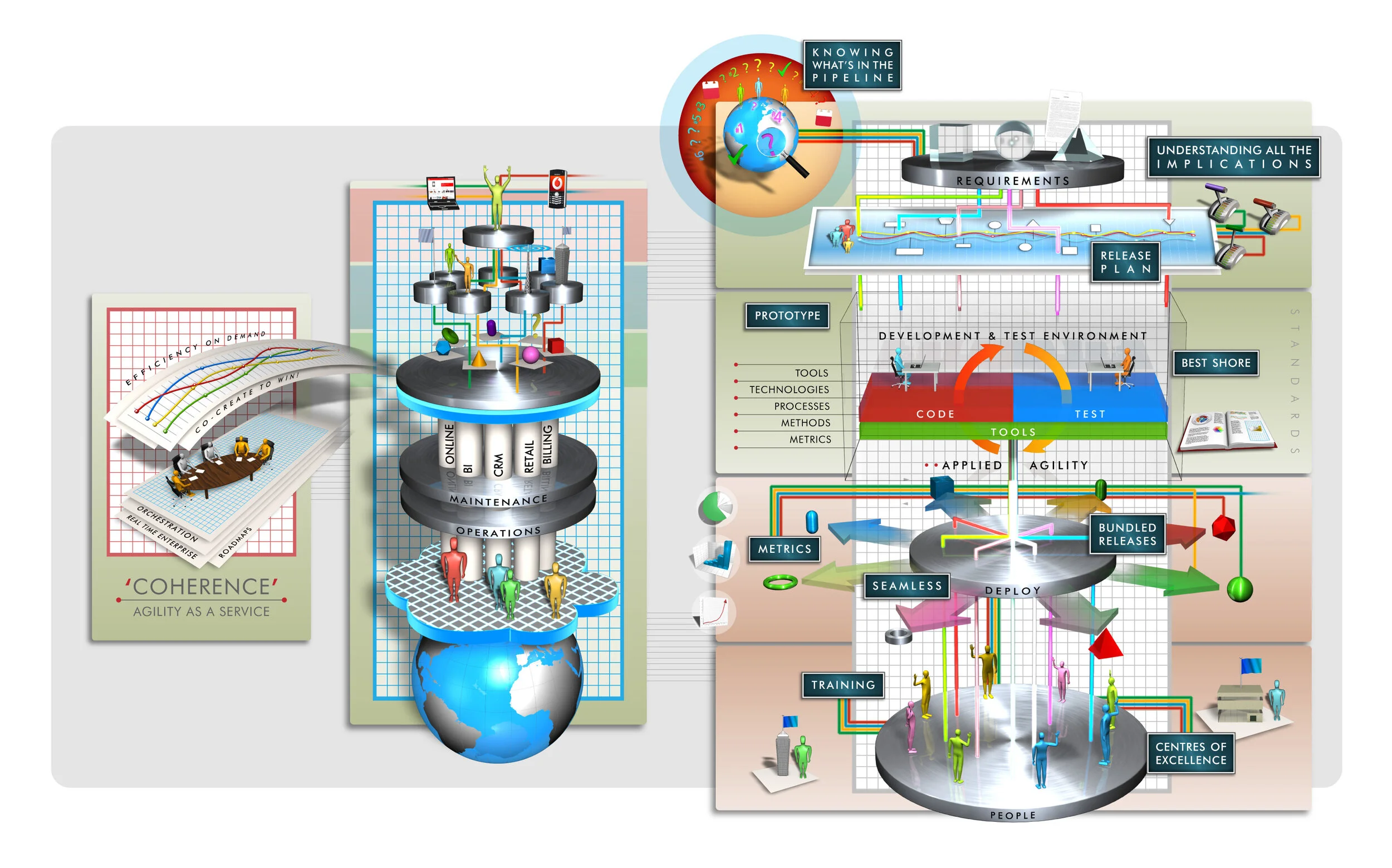Preparation for an Uncertain Future
If you are a business leader then the main thing you need is a sustainable and valid strategy - one with a fighting chance of success. One that takes account of complete unknowns.
Success would mean a strategy that inspires all the audiences and the employees alike. One that gives its audiences confidence and integrity. One that’s prepared for the uncertain future but capable of being converted into tangible, positive outcomes, requires a number of things. We’ve simplified them into nine areas.
There needs to be ‘certainty of ambition’ - because that’s what should be driving the strategic direction. It starts with having purpose and that purpose has to be brought to life together with clearly stated aims. Definitions vary but they should be expressed as goals or objectives. They are the things that signal clear intention.
Ask yourselves these questions:
What is your purpose? - Something that you and your consumers will feel good about.
What goals/objectives have you set yourself to support and deliver this purpose?
How unique and different is it - in the grand scheme of things?
What is the timeline for this?
What do you specifically expect to achieve between now and the final outcome?
Clarity over what good means - do you know what does good look like? The answer to this will be a mix of tangible and intangible values. Values that engage, inspire and unite - tangible because there’s specific outcomes and measurement.
How would you know you were being successful?
What specific outcomes would you expect to realise?
How would you measure this?
What does the future look like if you are successful?
Who are the beneficiaries?
A meaningful appreciation of the wider context. 'Meaningful' means sufficient depth of understanding to ensure that our eyes are wide open, that all the realities are recognized and the dynamics/influences are identified and definable.
What is most important to understand in order to be successful?
How prepared for the future do you feel - specifically your capability to be successful within it?
How well do you understand the issues/challenges that are impacting your endeavour?
With regard to your competitors - how many others are also engaged in a similar purpose/ambition?
What are the biggest influencers for you and the work you will undertake?
How complex a challenge do you think you are undertaking?
Recognition of what it will take to be successful. This means a comprehensive assessment of the implications. This assessment would need to cover every aspect of the business and its operation - internally and externally. No matter how challenging or inconvenient the answers are. This has to include what has to change, the dependencies for success and the skills/behaviors it will call for.
What mindset and culture is needed?
What are the most critical dependencies?
What capabilities/mechanisms will be most needed?
What resources/talent/skills will be most needed?
What level of commitment is going to be necessary?
Where do you envisage the biggest changes being needed?
How much financial investment is this going to require?
What challenges do you anticipate?
A mix of fact and assumption. Nothing is ever certain - especially when it comes to being a leader/innovator and when it comes to the future. It’s natural therefore that any decisions made may well be based on a mix - where facts may be sparce, tenuous or limited by bias. Certain assumptions and hunches may be more reliable. In both options the supporting reasoning is critical
What criteria will drive decision making?
How are these prioritised/ranked in importance?
What are the main variables?
What assumptions will you need to make?
How confident are you in your assumptions?
What are the most important/valuable information sources you will rely on?
Having an opinion on how to take the strategy forward is important. One that can be backed up with a strong rationale and has been reached through an objective process that shows decision quality
What options are you considering?
How well does each align to your objectives and decision criteria?
What specific achievements/targets will these options help deliver?
Which measures will you apply to validate successful delivery?
What responses will you have to challenges that materialise?
Commitment to invest as necessary to achieve the right outcomes. Investment means time, attention, capability, knowledge, resource, budget - whatever those implications suggest is needed. Commitment is necessary from the leadership and the workforce - everyone who has a stake in the success of the strategy, including external stakeholders.
Does your strategy/plan have the commitment/endorsement of the leadership team
Have all key stakeholders been engaged?
Have the workforce been fully engaged?
Is the strategy/plan completely clear to everyone who has a part to play?
Is everyone who has a part to play fully equipped and invested in its success?
A viable plan and approach for implementing the strategy. Both of which have to be able to recognize and adapt to changes in dynamics and context. Plans are realistic and focused on staged outcomes. At key stages expectations and targets are reset to reflect what has been achieved and how that impacts next steps.
Do you have well defined initiatives with owners who have the capability and support to drive the work?
Do your milestones align with the outcomes you expect to realise along the way?
Is your current plan a true reflection of what you intend to do?
Is it easy to keep the plan current?
An effective feedback mechanism. Effective means that it is applied and provides real evidence of impact realised, uncovers issues and flaws in the strategy, revisits assumptions, captures key insights and helps to identify where and how to make changes to the plans
How will you track progress and changes that need to be made?
How will lessons/insights be captured?
Are your assumptions still valid?
Are you able to assess the implications of any change across the entire plan?
How will you know if the mindset and culture has shifted enough?





